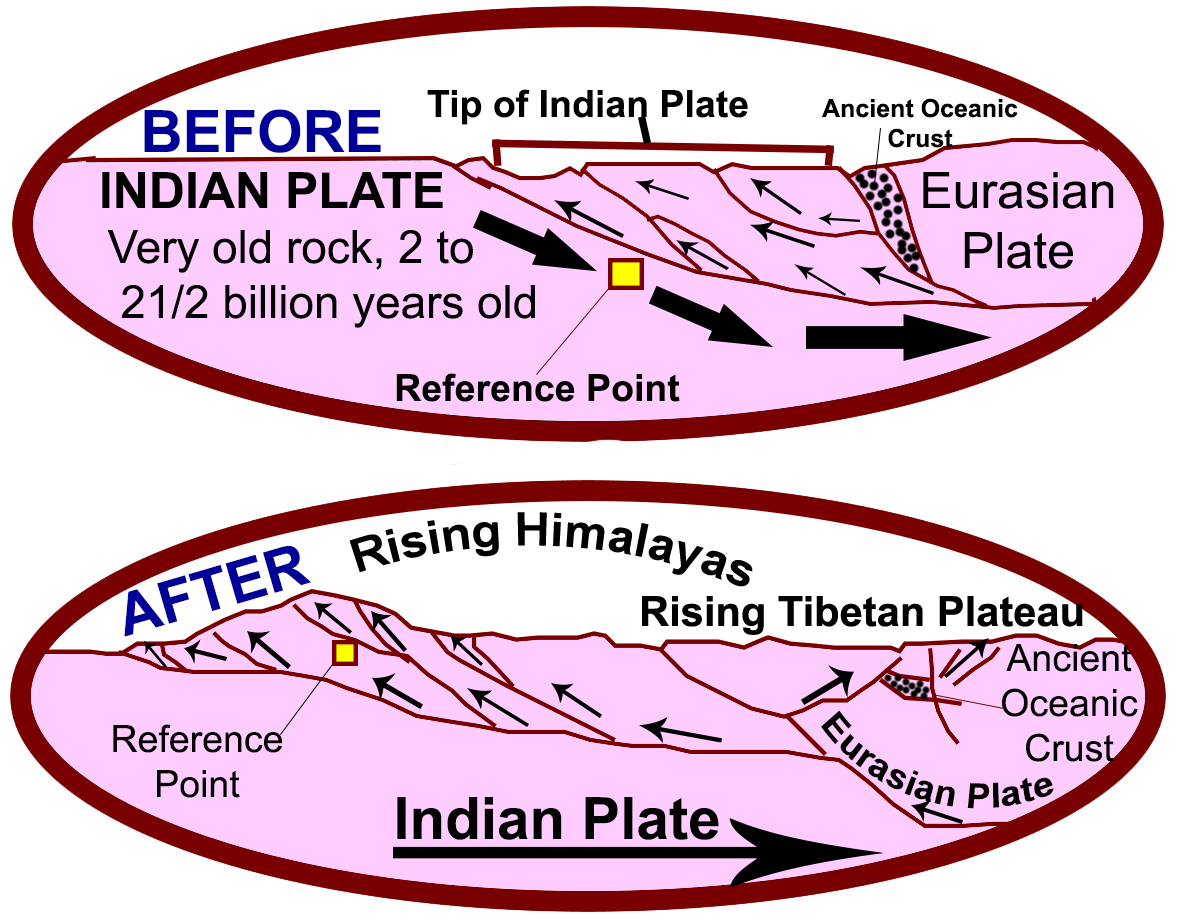Nature has amazingly gifted the Annapurna Mountain. Perhaps, it may be impossible to explain only the ultimate climbers could experience the reality of these ever shining mountains range. The Sanskrit word Anna which means food and Purna which stands for filled also offers the meaning of everlasting food. In addition, it is the God of food according to Hindu mythology.
Annapurna Mountains is in the Gandaki Zone of Nepal. These peaks are very closer to Annapurna Base camp and near to Pokhara city. The highest peak is Annapurna I which is 8091 m from the sea level. There are 13 peaks with over 7000 meters and 16 peaks having over 6000 meters.
The Annapurna mountain has linked with Kali Gandaki Gorge in the west whereas on the north and east with the Marshyangdi river and south has connected with Pokhara Valley. The Annapurna I (8090 m) is the 10th highest peak in the world.
In 1950, the French peak climber who did his first expedition with the team on Annapurna I. His name was Maurice Herzog able to make his Fresh expedition summit successful ever.
This entire Annapurna massif has the protection with 7629 square kilometers under Annapurna Conservation Area and this is the largest conservation area in Nepal. This conservation area is a destination for thousands of trekkers in the world including Annapurna Circuit Trek, Annapurna Sanctuary, Ghorepani Poon Hill Trek, and Mardi Himal Trek.
In 2012, Mingma Sherpa with his 12 members did the successful summit of Annapurna I. However, two climbers Samuli Mansikka of Finland and Pemba Sherpa of Nepal could not sustain and finally lost their lives while ascending after the summit.
Around 43 trekkers died just because of snowstorms and avalanches around the Annapurna mountain area in October 2014. This was the worst trekking disaster ever.
Overall, climbing to Annapurna mountains requires special training and local support of Sherpa gear along with a great immunity of body and courage.
Table of Contents
- 1 Key Facts & Information
- 2 The etymology of Annapurna Mountain
- 3 Peaks and Mountain around Annapurna Mountain
- 4 Parameters of the Annapurna Mountain
- 5 Expedition History
- 6 People and Culture
- 7 Flora and Fauna
- 8 Treks in the Annapurna
- 9 When is the best time to trek in the Annapurna?
- 10 Why Annapurna is dangerous?
- 11 A chronological record of deaths on the Annapurna mountain Expedition.
- 12 In Conclusion
Key Facts & Information
Annapurna Mountain Formation | History

The formation of Annapurna took about 60 million years ago when the earth was full of water and the formation occurred just because of a snapshot outside layer. The powerful tectonic forces which pushed the highest mountains ever in the world from the Indian plates, as a result, the Annapurna massif has formed.
A collision between the Eurasian Plate and Indian plate created the Himalayan Mountains and Tibetan plateau million years.
For proof, the number of fossils has been discovered.

The etymology of Annapurna Mountain
The Sanskrit word Annapurna offers the meaning of abundant food. It stands for female God. Sometimes, people interpret as the Harvest Goddess.
Peaks and Mountain around Annapurna Mountain
Mountain Around Annapurna
There are many peaks inside the Annapurna Mountain: Annapurna I, II, III, IV and Annapurna South, Mardi Himal, Gangapurna, Nilgiri, Dhampus Peak, Pisang Peak, Khumjung Himal, Damodar Himal, Ratna Chuli, Hamling Himal, Tilicho Peak (7134m) and Gaugiri Himal.
- Annapurna I, East 8,010 m (26,280 feet) and Central 8,051 m (26,414 feet)
- Gandharb Chuli 6248 m (20,499 feet)
- Hiunchuli 6,441m (21,132 feet)
- Machhapuchhre 6,993 (22,943 feet)
- Nilgiri Himal central 6,940 m (22,769 feet) south 6,893m (22,438 feet) and North 7,061 m (23,166 feet)
- Tilicho Peak 7,135 m (23, 409 feet)
- Lachenal Peak 7,140m (23,425 feet)
- Tarke Kang 7,202 m (23,629 feet)
- Khangsar Kang 7,485 m (24, 557 feet)
- Annapurna Fang 7,647 m (25,089 feet)
Peaks around Annapurna
- The Annapurna includes 30 shining peaks which range from 6000m to 8000 m from the sea level.
- The popular peaks: Annapurna South and Gangpurna.
- Less known peaks: Annapurna east, Annapurna Fang, Khangsar Kang, Tarke Kang, Lachenal Peak, and Tilicho Peak.
Parameters of the Annapurna Mountain
- The biggest conservation area (ACA) zone in Nepal.
- Destination of world-class Trekkers
- Entire Annapurna Mountains range from 6000-8051meter
- Similar limestones like Mt. Everest and Dhaulagiri.
- These mountains formed just because of collisions of Indian and Eurasian plates million years ago.
Expedition History
French Annapurna Expedition of 1950
- For the first time, the French team who did a very successful expedition on Annapurna I peak. Maurice Herzog and Louis Lachenal were the first peak climbers in 1950.
- The French peak climber Maurice Herzog with team reached on the of Annapurna I on 3rd June 1950.
- Gaston Rebuffat, Lionel Terray, Francis de Noyelle, Jean Couzy, Marcel Schatz, Jacques Oudot, and Marcel Ichac were in the team.
- This was the most worth achievement.
Other Expeditions
- Don Williams and Dougal Haston had climbed on Annapurna in 1970
- The British Chris Bonington and alpinist Ian Clough died because of the falling off icy mass in the same year.
- In 1978, the American Arlene Blum had an expedition with her team on Annapurna I summit
- Arlene Blum with her team: Irene Miller, Vera Komarkova, Chaweng Ringjing, and Mingma Tsering had a successful summit on Annapurna I on 15 Oct 1978.
- The team from the United States: Vera Watson and Alison Chadwick Onyszkiewicz who died when returning from the top and this was the second summit by the American team.
- Thomas Humar, a Slovenian mountain Climber who did a solo expedition on Annapurna I, and completed successfully in October 2007.
People and Culture
Annapurna area has over 10000 homes with a variety of lifestyles. There are different casts like Magar, Gurung, Manange, and Loba. Gurung and Magar who gather on main occasions sing melodious folk songs and have fun in their languages in their communities.
Gurung community celebrate Tamu Loshar with a classic and colorful dress and receive a blessing from monks to have a happy and progressive life. The value of this Tamu Loshar is the ending of winter and welcoming the Spring.
Bhume Festival is popular among the Magar community. They celebrate for 10 ten days with an opening ceremony by playing the instruments even adoring Nature and praying for better crops in the monsoon. There is a belief that as they start playing instruments of music, even the insects and birds come to listen to the sound of music, as a result, these birds and insects protect the crops very safe.

Upper Mustang Tiji Festival
Significantly, the Tiji festival has a deeper meaning for the celebration. It is an annual festival, and this Tiji word had derived from Tempa Chhirim which means praying for world peace. This celebration includes the dance of monks with classic dresses for three days at Chhyoude Gumba in Lo-Manthang.

Flora and Fauna
Annapurna Region is very popular for different species of flora and fauna because of its wide altitude range and Annapurna Conservation Area. There are more than 1,300 species of flowering plants, 100 mammals, 600 birds, 40 reptiles, and 25 amphibians.
Treks in the Annapurna
This has region has many hiking routes. It is up to the destination and climate. You can do lots of trekking and mountain flight in this region.
The Easy Trekking Routes
- Sarangkot 1600 m
- Australian Camp 2000 m
- Ghandruk 2012 m
- Ghorepani 2874 m
Sarangkot is a high hill in Pokhara city where many people do paragliding, Zip flying, and Bunjee jumping. People could the amazing views of Phewa lake, Mt. Annapurna, and Machapuchre.
Normal Treks/ Moderate Peak Climbing
- Thorong-La- Pass Trek 5416 m
- Tharplu Chuli Peak Climbing 5663 meter.
- Pisang Peak Climbing 6059 m
- Annapurna Base camp Trek 4130 m
- Tilicho Lake Trek 4919 m
- Mardi Himal Trek 3300 m
- Chulu far east Peak climbing 6059 m
- Chulu West Peak Climbing 6419 m
- Singu Chuli Peak Climbing 6501 m
- Chulu East Peak Climbing 6584 m
The difficult expedition of Annapurna
Annapurna I (8091 m)
Climbing this peak could be difficult, it needs lots of training and ideas even courage with immunity.
When is the best time to trek in the Annapurna?
There are four trekking seasons: Summer, Winter, Autumn, and Spring. Sometimes, it depends on the weather. The Spring Season becomes the number one for many hikers. Because in this season, the weather remains very clear, so it is possible to see the clear views of peaks and mountains. However, if you are adventurous, then all seasons are worth it. We are ready to help you.
Annapurna in Summer Season
This season falls in June, July, and August. In this season, the landslide may take place just because of heavy raining and trial could be very muddy. Even mosquito bites could be dangerous. The heat of hot becomes slightly higher.
Annapurna in Pre–Winter Season
The pre-winter falls at the end of September, October also November. These are the months most worth for trekking in the Annapurna Regions. September is the wettest month since the precipitation occurs up to 62 mm.
Annapurna in Winter Season
This season is cold as compared to other seasons. It falls in December, January also in February. The rain falls remain very low even the temperatures remain normal. It may be a little difficult.
Annapurna in Spring Season
The Spring season falls in March, April even May. The precipitation hails around 8 mm to 13 mm. Which means it is very low even the temperature remains moderate. So, you will experience the radiant days with some cloudy day. Most seasons are very normal. if you are willing to best trekking then the pre-winter or Spring is relevant.
Why Annapurna is dangerous?
The difficult routes, landscapes, slides of torrential sudden climate change are the major factor which increases the difficulty of the expedition. The following reasons display about the difficulty of Annapurna Massif:
Avalanche
Annapurna peaks include many torrential danger slides. A fall of snow, shake, snow masses make the climbing very dangerous and harder. Overhanging ice may fall on the climbers at any time. So, the condition is very dynamic.
Dramatic Fluctuation of Climate
The snowfall falls in all year and the howling wind causes to the peak climbers. As you climb up, the hanging ice could hit, trap, wrap off since the weather is very changeable in each moment.
Complicated Terrain
Complex terrain creates problems. Landscapes of the peak could be harsh even precarious. Many climbers had died just because of these bad conditions, frigid structures, and ever-changing topography.
Inaccessibility
The peak is gigantic and hard to offer medical treatment. Very difficult to evacuate sick or accident of people. Since there is no helicopter service in time. Moreover, this service is risky.
A chronological record of deaths on the Annapurna mountain Expedition.
Annapurna I, expedition and deaths.
Experienced climbers who died of climbing such risky peaks. The famous Alpinist Ian Clough, Russian peak climber Anatoli Boukreev, Inaki Ochoa, and Christian Kunter. It is the deathliest peak on this earth planet.
In 2012, Mingma Sherpa with his 12 members did the successful summit of Annapurna I. However, two climbers Samuli Mansikka of Finland and Pemba Sherpa of Nepal could not sustain and finally lost their lives while ascending after the summit.
Around 43 trekkers died just because of snowstorms and avalanches around the Annapurna area in October 2014. This was the worst trekking disaster ever.
Multiple reasons behind the deaths on the Annapurna expedition
Many reasons behind the deaths, some who died of falling down into the chasm and torrential slides. The hit of rocks is yet another reason and some who simply vanished. Also, the high devotion and the assaults of the heart are the main causes.
Many who fell in the crevasse. In addition, the massive avalanches killed the climbers so badly and some died of falling off from the difficult routes of rock and other ones disappeared. Acute Mountain Sickness and heart attacks are the reasons for deaths.
Overall, the Annapurna massif is the most dangerous peak in the world as compared to Mt. Everest because the death rate is five times more in Annapurna I.
In Conclusion
The Annapurna Mountain is beautiful yet difficult to climb even to experience. However, there are other trekking routes for hiking. In order to have an expedition on Annapurna, you must be sound physically also mentally. It is hard to climb on.

